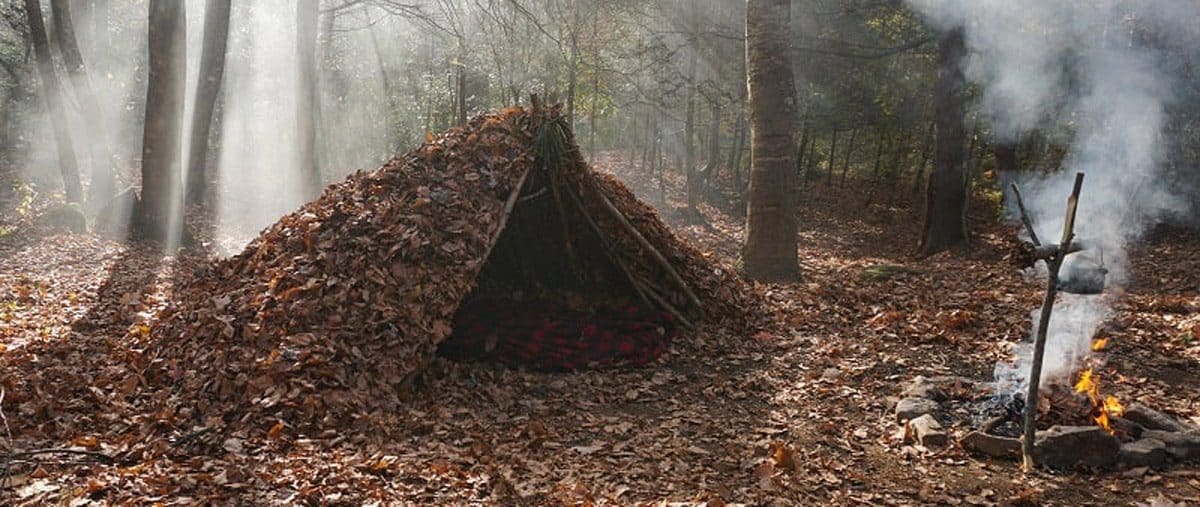Bushcraft Shelter Building: Creating a Safe Haven in the Wild
Building a shelter is one of the most critical aspects of bushcraft and wilderness survival. A well-constructed shelter not only provides protection from the elements but also offers a secure place to rest and conserve energy. Whether you’re facing harsh weather or simply seeking a comfortable base for your outdoor activities, knowing how to create a safe haven in the wild is essential.
The Importance of Shelter Building
A properly built shelter can make the difference between a successful wilderness experience and a challenging survival situation. Effective shelter building helps you stay warm, dry, and protected from environmental hazards such as wind, rain, and cold temperatures. For further guidance on shelter building techniques and other survival skills, our bushcraft blog offers detailed resources and expert advice to help you enhance your outdoor readiness.
Key Shelter Building Techniques
1. Selecting the Right Location
Choosing the right location is the first step in building a successful shelter:
- Avoid Low Spots: Set up your shelter away from low-lying areas that may collect water or become prone to flooding.
- Consider Wind and Sun: Position your shelter to shield you from prevailing winds and take advantage of natural sunlight for warmth and drying.
2. Basic Shelter Designs
There are several types of shelters you can build depending on the materials available and the conditions:
- Lean-To: Constructed by leaning branches against a central support, this simple design offers good protection from rain and wind. Cover the frame with foliage or a tarp for added insulation.
- Debris Hut: A debris hut is made by creating a framework of branches and covering it with a thick layer of leaves, grass, or snow. This design provides excellent insulation and protection against the elements.
- Tarp Shelter: Using a tarp or emergency blanket, you can quickly set up a shelter with various configurations, such as an A-frame or a poncho lean-to. Tarps are versatile and can be adjusted to suit different weather conditions.
3. Insulating Your Shelter
Proper insulation is crucial for maintaining warmth:
- Use Natural Materials: Fill the inside of your shelter with natural insulation materials like leaves, moss, or pine needles. These materials help trap body heat and keep you warm.
- Ground Insulation: Create a layer of insulation between you and the ground using dry leaves, grass, or a sleeping pad. This prevents heat loss through conduction.
4. Building a Fire Inside or Near the Shelter
A fire can add warmth and comfort to your shelter:
- Fire Safety: If you build a fire inside your shelter, ensure proper ventilation to avoid smoke buildup. Alternatively, place the fire outside the shelter but close enough to benefit from its warmth.
- Fire-Resistant Materials: Use fire-resistant materials for the shelter’s interior and maintain a safe distance between the fire and the shelter to prevent accidents.
5. Ensuring Ventilation and Drainage
Proper ventilation and drainage are essential for comfort and safety:
- Ventilation: Ensure your shelter has adequate ventilation to allow for airflow and prevent condensation buildup. This helps maintain a dry and comfortable environment inside.
- Drainage: Create a sloped area around your shelter to direct water away from it. Proper drainage prevents water from pooling around or inside the shelter.
Conclusion
Effective shelter building is a fundamental bushcraft skill that enhances your ability to survive and thrive in the wilderness. By choosing the right location, using appropriate designs, and incorporating insulation and fire, you can create a safe and comfortable haven in the wild. For more comprehensive guides and expert tips on shelter building and other bushcraft skills, our bushcraft blog provides valuable resources to support your outdoor adventures.





